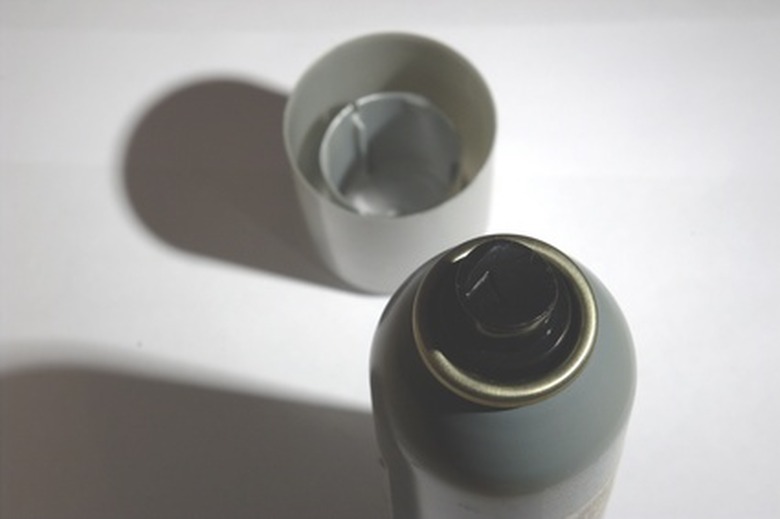Why Do Spray Dusters Get Cold When You Spray Them?
If you've ever used a can of compressed air to blow dust out of your keyboard, you've experienced how quickly the can gets cold. Even a short blast is enough for frost to accumulate.
Inside the Can
Inside the Can
The content of spray dusters is not normal air. They contain forms of gases that are easier to compress. These gases are in their liquid form while inside the high pressure confines of the can, and evaporate back into the gaseous state when they leave the can and return to normal pressure. This change is known as adiabatic expansion.
Liquid to Gas
Liquid to Gas
This expansion from liquid to gas requires a change in energy. The particles in a liquid are closer together and slower moving than the particles in gas form, and more energy is needed as the transition from liquid to gas takes place.
The Joule-Thomson Effect
The Joule-Thomson Effect
The energy needed for the transition to gas is felt as heat. To raise the temperature of the liquid enough to become gas, this heat is drawn from the surrounding air, a phenomenon called the Joule-Thomson effect. As the heat is drawn into the expanding gas, the surrounding air drops in temperature, which you experience as cooling.
Cite This Article
MLA
Westover, Brian. "Why Do Spray Dusters Get Cold When You Spray Them?" sciencing.com, https://www.sciencing.com/do-dusters-cold-spray-them-6853691/. 24 April 2017.
APA
Westover, Brian. (2017, April 24). Why Do Spray Dusters Get Cold When You Spray Them?. sciencing.com. Retrieved from https://www.sciencing.com/do-dusters-cold-spray-them-6853691/
Chicago
Westover, Brian. Why Do Spray Dusters Get Cold When You Spray Them? last modified March 24, 2022. https://www.sciencing.com/do-dusters-cold-spray-them-6853691/
